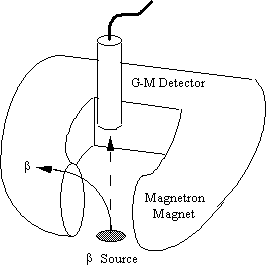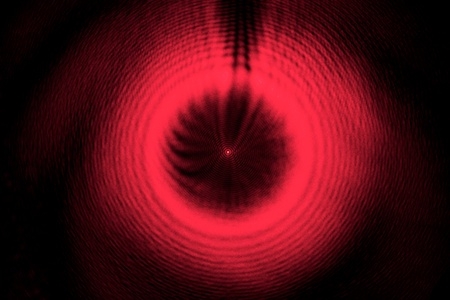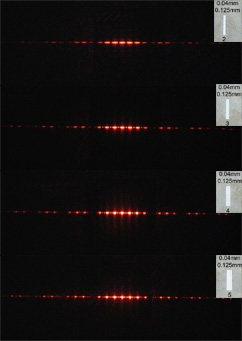What it shows:
The photoemission of electrons from a metal surface depends on the energy of the incident radiation and not on its intensity. Knowing the energy of the emitted photoelectrons and the frequency of the incident light, you can calculate a value for Planck's constant h.
How it works:
Using a mercury source, we have at our disposal three very bright visible lines, in the blue, green and yellow (doublet), and a rich selection of ultra-violet. Our main source is a Phillips Lifeguard 1000W street lamp with its outer (uv...
Read more about Planck's Constant Determination

 ...
...